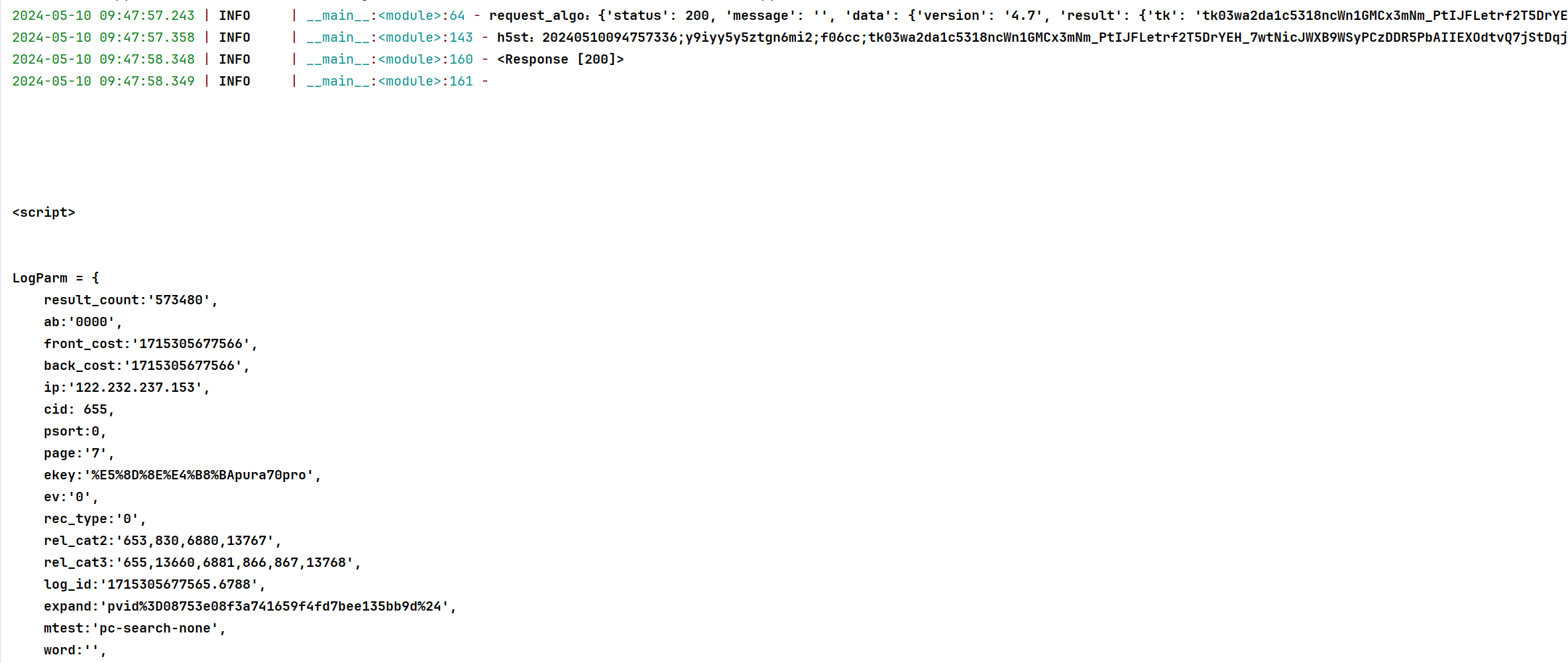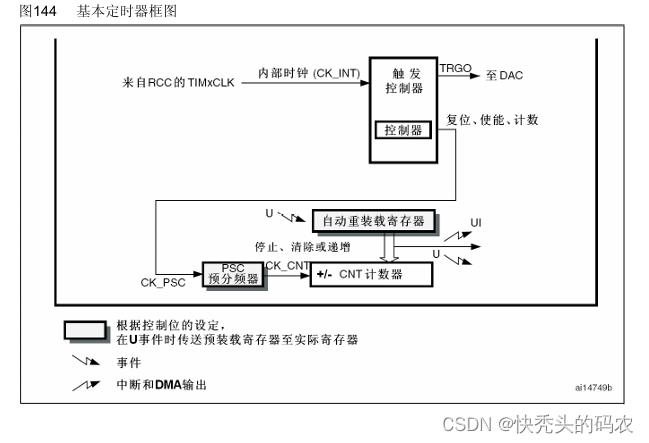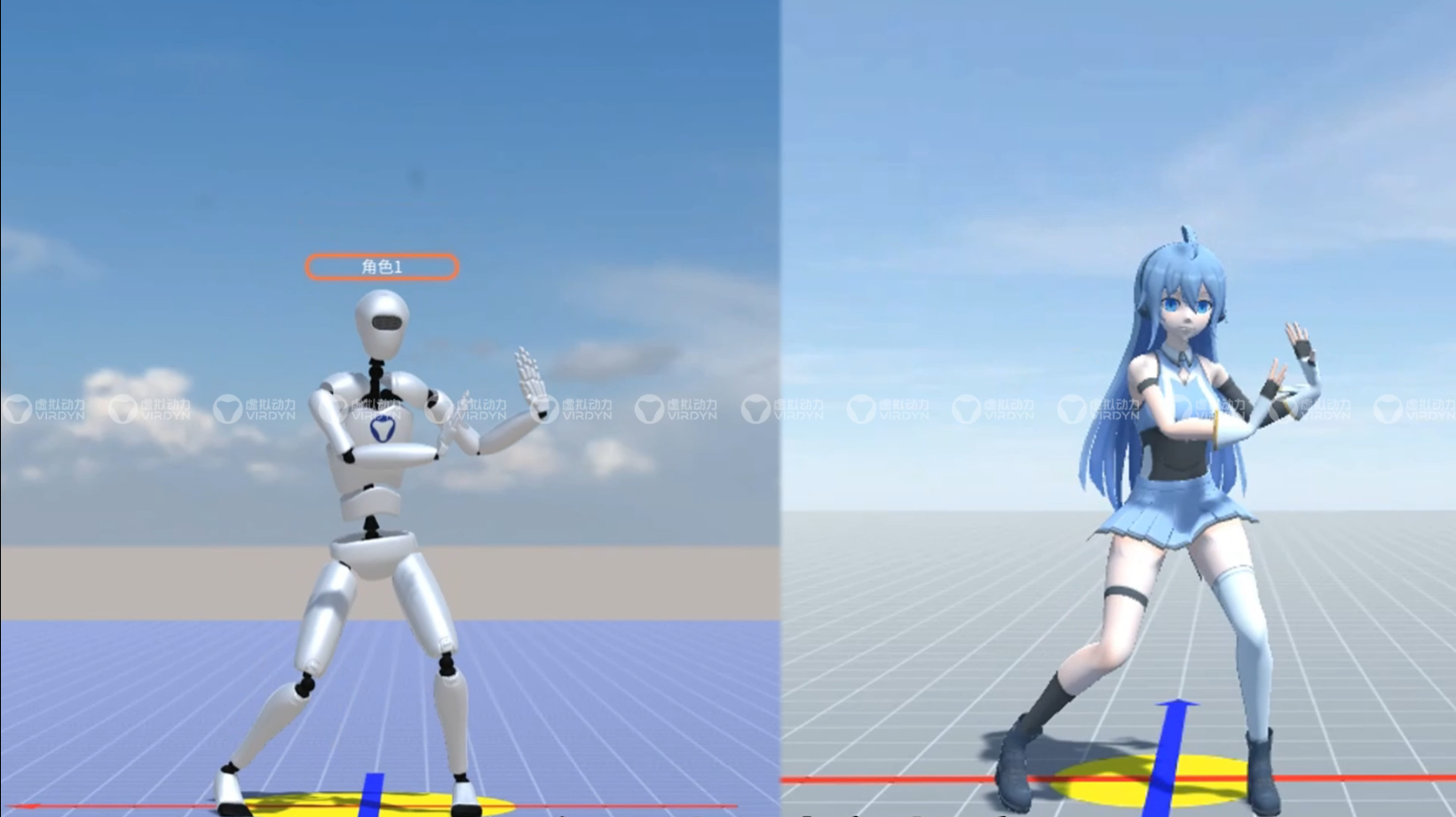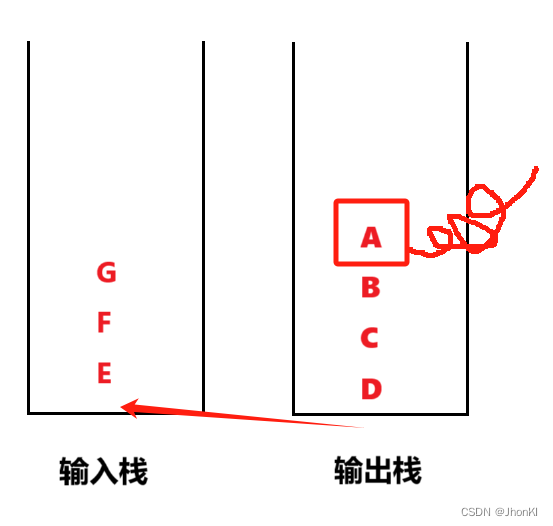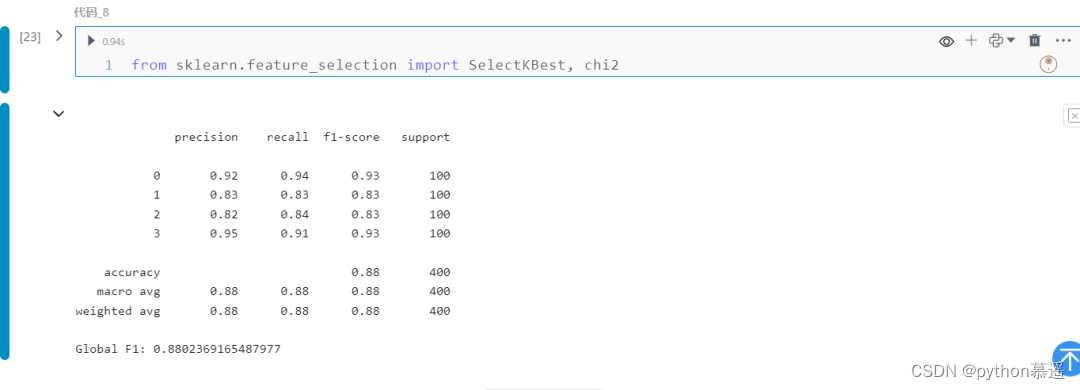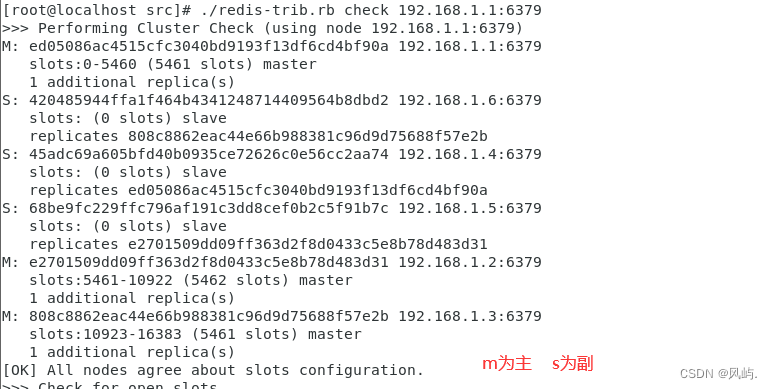Model类的结构:
class Model
{
public:
/* 函数 */
Model(char *path)
{
loadModel(path);
}
void Draw(Shader shader);
private:
/* 模型数据 */
vector<Mesh> meshes;
string directory;
/* 函数 */
void loadModel(string path);
void processNode(aiNode *node, const aiScene *scene);
Mesh processMesh(aiMesh *mesh, const aiScene *scene);
vector<Texture> loadMaterialTextures(aiMaterial *mat, aiTextureType type,
string typeName);
};
#include "model.h"
#include <QOpenGLTexture>
void Model::loadModel(string path)
{
Assimp::Importer import;
const aiScene *scene = import.ReadFile(path, aiProcess_Triangulate | aiProcess_FlipUVs);
if(!scene || scene->mFlags & AI_SCENE_FLAGS_INCOMPLETE || !scene->mRootNode) {
qDebug() << "ERROR::ASSIMP::" << import.GetErrorString() ;
return;
}
directory = path.substr(0, path.find_last_of('/'));
processNode(scene->mRootNode, scene);
}
void Model::processNode(aiNode *node, const aiScene *scene)
{
// process all the node's meshes (if any)
for(unsigned int i = 0; i < node->mNumMeshes; i++)
{
aiMesh *mesh = scene->mMeshes[node->mMeshes[i]];
meshes.push_back(processMesh(mesh, scene));
}
// then do the same for each of its children
for(unsigned int i = 0; i < node->mNumChildren; i++)
{
processNode(node->mChildren[i], scene);
}
}
Mesh Model::processMesh(aiMesh *mesh, const aiScene *scene)
{
vector<Vertex> vertices;
vector<unsigned int> indices;
vector<Texture> textures;
for(unsigned int i = 0; i < mesh->mNumVertices; i++)
{
Vertex vertex;
// 处理顶点位置、法线和纹理坐标
QVector3D vector;
vector.setX(mesh->mVertices[i].x);
vector.setY(mesh->mVertices[i].y);
vector.setZ(mesh->mVertices[i].z);
vertex.Position = vector;
vector.setX(mesh->mNormals[i].x);
vector.setY(mesh->mNormals[i].y);
vector.setZ(mesh->mNormals[i].z);
vertex.Normal = vector;
if(mesh->mTextureCoords[0]) // 有纹理坐标?
{
QVector2D vec;
vec.setX(mesh->mTextureCoords[0][i].x);
vec.setY(mesh->mTextureCoords[0][i].y);
vertex.TexCoords = vec;
}
else
{
vertex.TexCoords = QVector2D(0.0f, 0.0f);
}
vertices.push_back(vertex);
}
// 处理索引
for(unsigned int i = 0; i < mesh->mNumFaces; i++)
{
aiFace face = mesh->mFaces[i];
for(unsigned int j = 0; j < face.mNumIndices; j++)
indices.push_back(face.mIndices[j]);
}
// 处理材质
if(mesh->mMaterialIndex >= 0) {
aiMaterial *material = scene->mMaterials[mesh->mMaterialIndex];
vector<Texture> diffuseMaps = loadMaterialTextures(material, aiTextureType_DIFFUSE, "texture_diffuse");
textures.insert(textures.end(), diffuseMaps.begin(), diffuseMaps.end());
vector<Texture> specularMaps = loadMaterialTextures(material, aiTextureType_SPECULAR, "texture_specular");
textures.insert(textures.end(), specularMaps.begin(), specularMaps.end());
}
return Mesh(m_glFuns,vertices, indices, textures);
}
vector<Texture> Model::loadMaterialTextures(aiMaterial *mat, aiTextureType type, string typeName)
{
vector<Texture> textures;
for(unsigned int i = 0; i < mat->GetTextureCount(type); i++) {
aiString str;
mat->GetTexture(type, i, &str);
bool skip = false;
for(unsigned int j = 0; j < textures_loaded.size(); j++) {
if(std::strcmp(textures_loaded[j].path.data(), str.C_Str()) == 0) {
textures.push_back(textures_loaded[j]);
skip = true;
break;
}
}
if(!skip)
{
Texture texture;
texture.id = TextureFromFile(str.C_Str(), directory);
texture.type = typeName;
texture.path = str.C_Str();
textures.push_back(texture);
textures_loaded.push_back(texture);
}
}
return textures;
}
unsigned int Model::TextureFromFile(const char *path, const string &directory)
{
string filename = string(path);
filename = directory + '/' + filename;
QOpenGLTexture * texture=new QOpenGLTexture(QImage(filename.c_str()).mirrored());
if(texture==NULL) qDebug()<<"texture is NULL";
else qDebug()<<filename.c_str()<<"loaded";
return texture->textureId();
}
demo下载:点击跳转
效果如下:
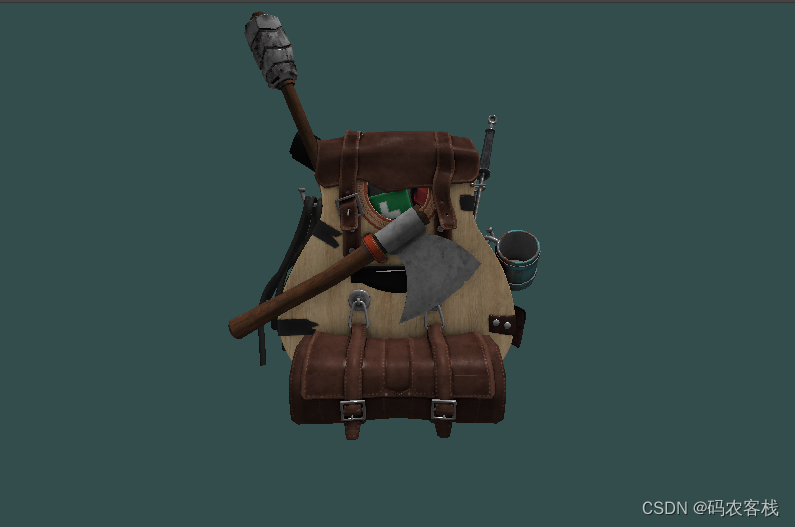
觉得有帮助的话,打赏一下呗。。



